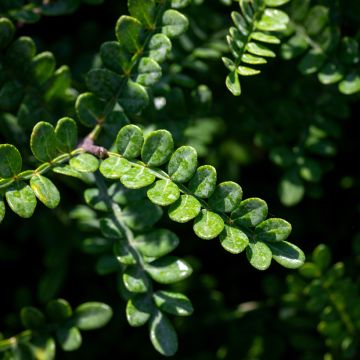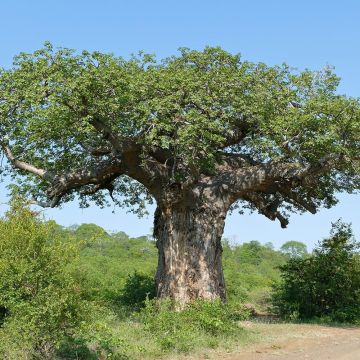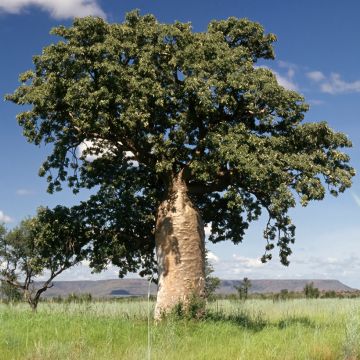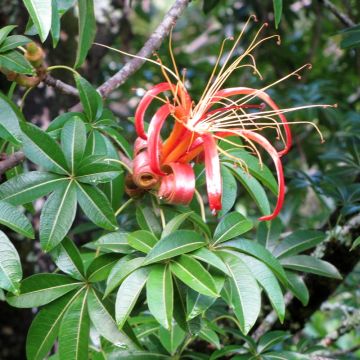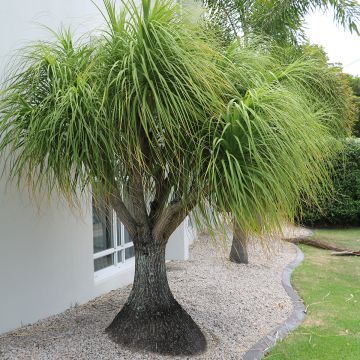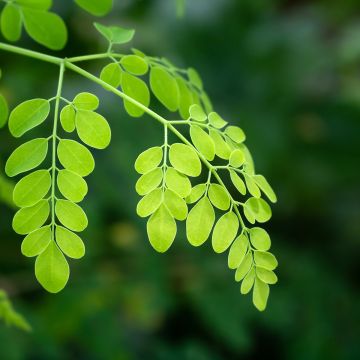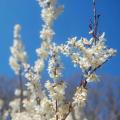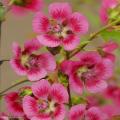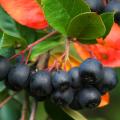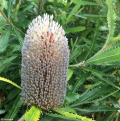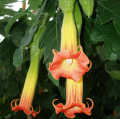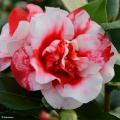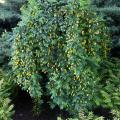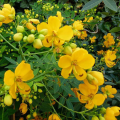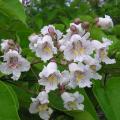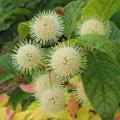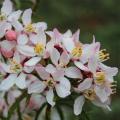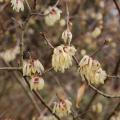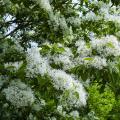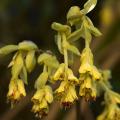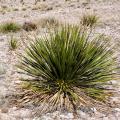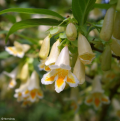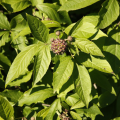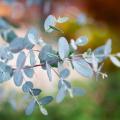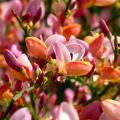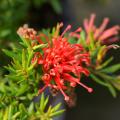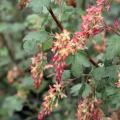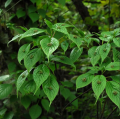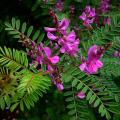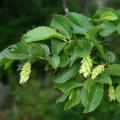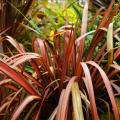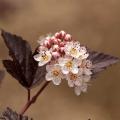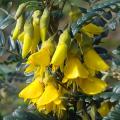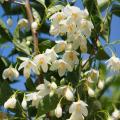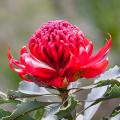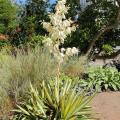Adansonia
Does this plant fit my garden? Set up your Plantfit profile →
Available in 1 sizes
Available in 1 sizes
Available in 1 sizes
Available in 1 sizes
Available in 1 sizes
Available in 1 sizes
Available in 1 sizes
According to classifications, the genus Adansonia, of the family Bombacaceae or Malvaceae, is composed of very frost-sensitive savannah trees, commonly known as bushes. These trees are found in Africa (Adansonia digitata is the only African bush), but mainly in Madagascar (6 species including Adansonia madagascariensis, A.grandidieri) and in Australia (Adansonia gregori).
These plants, also known as bottle bushes or talking trees, are perfectly adapted to alternating a wet, dry, very hot season. The baobab trees have a unique structure and shape that helps them adapt to dry seasons. Their trunk is spongy and can retain a lot of water, which they store in preparation for the dry season. As a result, the foliage of the baobabs falls during this season.
In our climate, baobabs can only be grown in pots, which protects them from the cold in winter. It will be essential to respect the alternation of the two wet and dry seasons to preserve the health of the baobab. If savannah trees are giants, those we cultivate indoors, regularly pruned, will not exceed 2.50 m (8ft) in height and 1.50 m (5ft) in crown width. The bush will be showcased in a contemporary or exotic-inspired decor. Plant enthusiasts looking for unusual and beautiful plants should also consider banana plants or the bird of paradise, Strelitzia reginae, to bring a beautiful tropical touch to a patio or conservatory.
Haven't found what you were looking for?







































